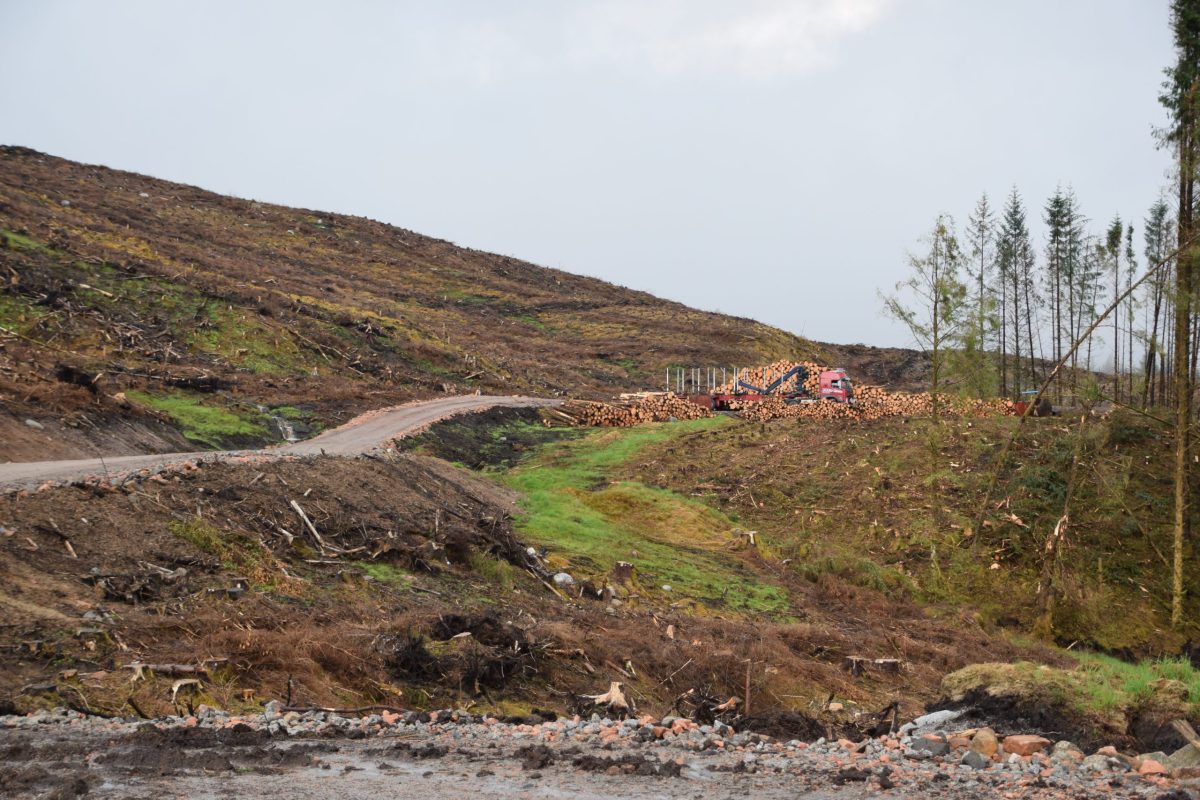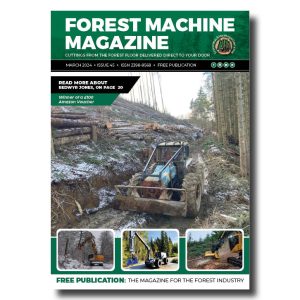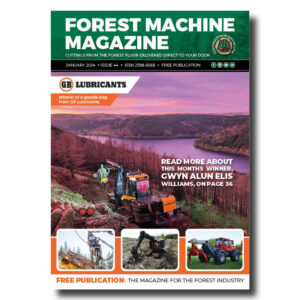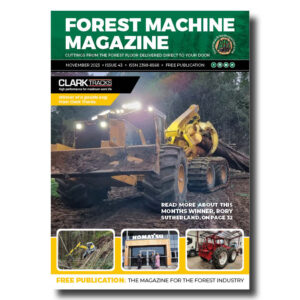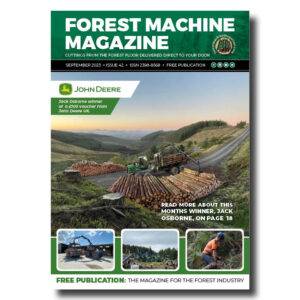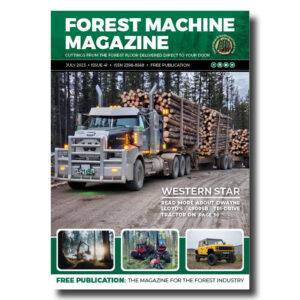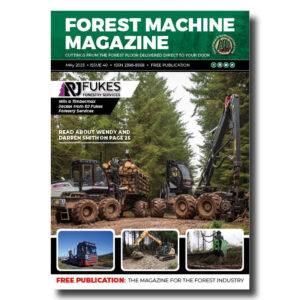20-to-40-year-old regrowing forests were found to sequester the optimal amount of carbon.
Young regrowing forests on lands where mature forests once stood could hold the key to removing billions of tons of carbon dioxide, which in turn could accelerate much-needed action on climate change.

-
That’s a remarkable amount of work hours for a single machine, the Norcar 600 owned by Erkki Rinne is taken well care of, it even has the original Diesel engine.
-
Kieran Anders is a forestry contractor working in the lake district. His work involves hand cutting and extracting timber using a skidder and tractor-trailer forwarder.
-
It is not possible to eliminate chain shot, but there are simple steps that can be taken to reduce the risk.
-
Arwel takes great pride in the fact that the mill has no waste whatsoever, “the peelings are used for children’s playgrounds, gardens and for farm animals in barns in the winter and the sawdust has multiple uses in gardens and farms as well.
-
Timber hauliers need to encourage young blood in, and also look after the hauliers we have, we need make the sector a safe and positive place to work.
FIND US ON
Related Posts
That is according to a study, Protect young secondary forests for optimum carbon removal, revealing that 20- to 40-year-old regrowing forests (on average) sequester the optimal amount of carbon, eight times more than newly regenerating forests.
Led by Professor Adriane Esquivel-Muelbert and Dr. Tom Pugh, both from the University of Birmingham, global scientists reported that if 800 million hectares of restorable forests began regenerating this year, up to 20.3 billion metric tons of carbon could be removed over the next 25 years. And while carbon removals vary across biomes and ecoregions, with tropical forests reaching their peak in carbon removal capacity much quicker than boreal or Mediterranean forests, they argue that policymakers can no longer afford to delay forest regeneration.A recent study titled “Protect Young Secondary Forests for Optimum Carbon Removal” reveals that forests aged 20 to 40 years sequester the most carbon, capturing eight times more than newly regenerating forests.
The research, led by Professor Adriane Esquivel-Muelbert and Dr. Tom Pugh from the University of Birmingham, indicates that if 800 million hectares of restorable forests start regenerating this year, up to 20.3 billion metric tons of carbon could be removed over the next 25 years. Although carbon removal varies by biome and ecoregion— with tropical forests reaching their peak carbon removal capacity more quickly than boreal or Mediterranean forests— the researchers assert that policymakers can no longer afford to postpone forest regeneration. Click here to download the research.

“Our research underscores the critical role young secondary forests play in the global fight against climate change. The upcoming COP30 in Belém presents a critical opportunity for world leaders to take decisive action,” Esquivel-Muelbert said. “We urge policymakers to prioritise protection and regeneration of young secondary forests as a key component of climate mitigation strategies…this can help us achieve faster and more substantial carbon removal, contributing to climate goals.”
Using a dataset of more than 100,000 field estimates, Esquivel-Muelbert and Pugh’s team employed advanced random forest models to predict carbon densities in five-year age intervals, from five to 100 years, resulting in detailed global maps of carbon removal rates: “Current carbon market methodologies often overlook the protection of very young secondary forests. This study highlights the need to revise these methodologies to credit the substantial carbon removal potential of these forests,” Pugh said.“Our research highlights the vital role that young secondary forests play in the global fight against climate change. The upcoming COP30 in Belém presents a crucial opportunity for world leaders to take decisive action,” said Esquivel-Muelbert. “We urge policymakers to prioritize the protection and regeneration of young secondary forests as an essential part of climate mitigation strategies. This approach can facilitate faster and more significant carbon removal, helping us achieve our climate goals.”
Using a dataset of over 100,000 field estimates, Esquivel-Muelbert and Pugh’s team employed advanced random forest models to predict carbon densities at five-year age intervals, ranging from five to 100 years. This resulted in detailed global maps of carbon removal rates. “Current carbon market methodologies often overlook the protection of very young secondary forests. This study underscores the necessity to revise these methodologies in order to recognize the substantial carbon removal potential of these forests,” Pugh stated.
Contact forestmachinemagazine@mail.com to get your products and services seen on the world’s largest professional forestry online news network.
#homeoflogging #writtenbyloggersforloggers #loggingallovertheworld
Written by loggers for loggers and dedicated solely to the equipment used in forestry operations.
